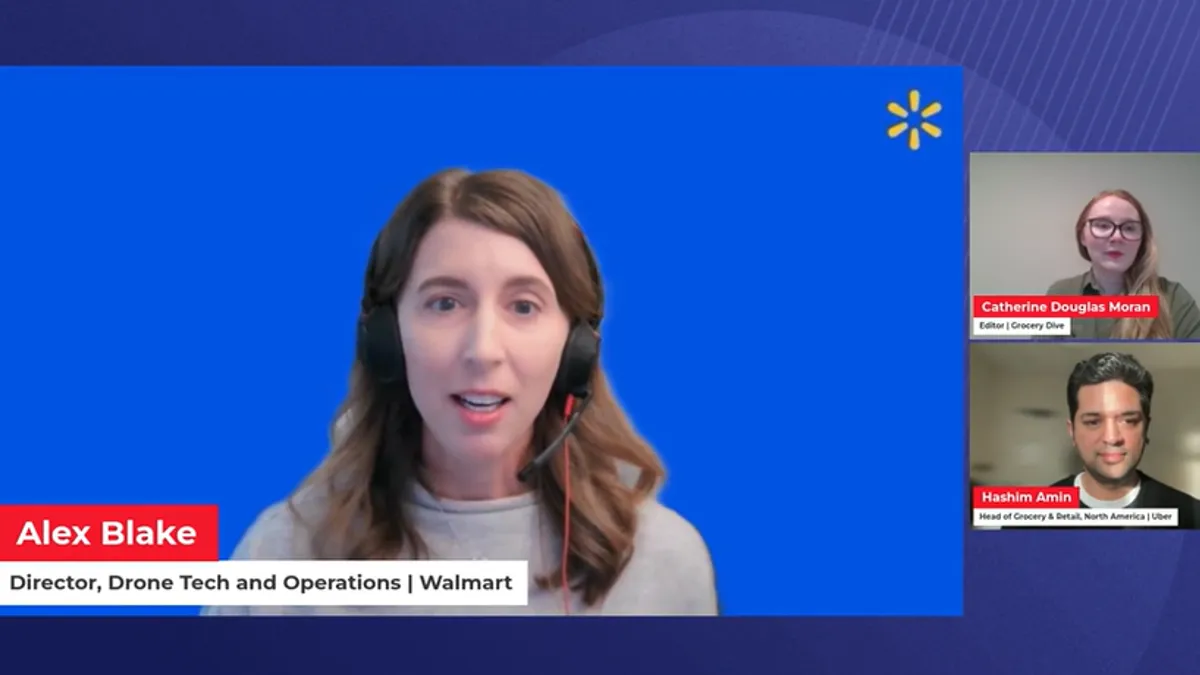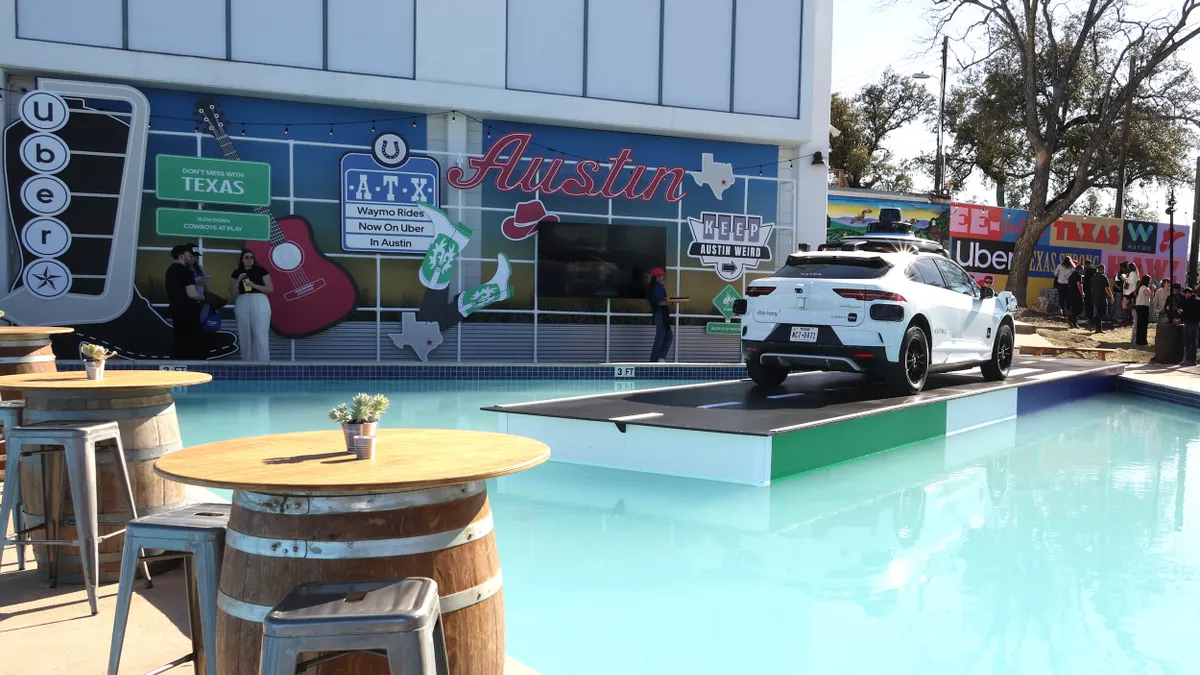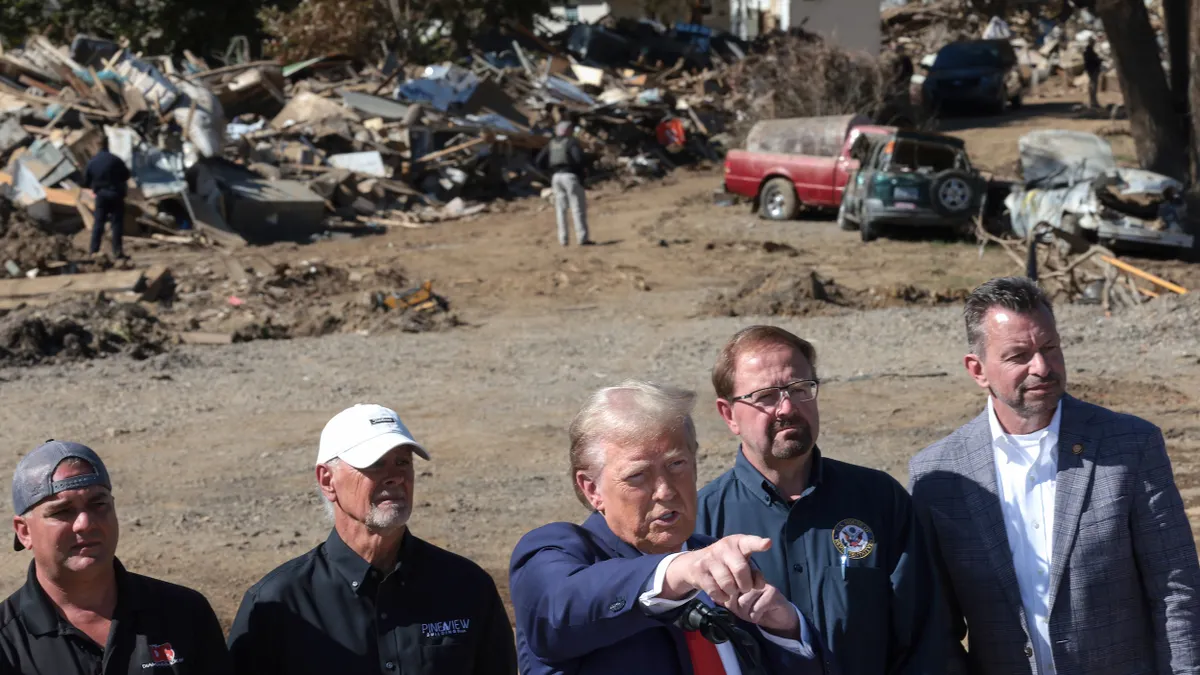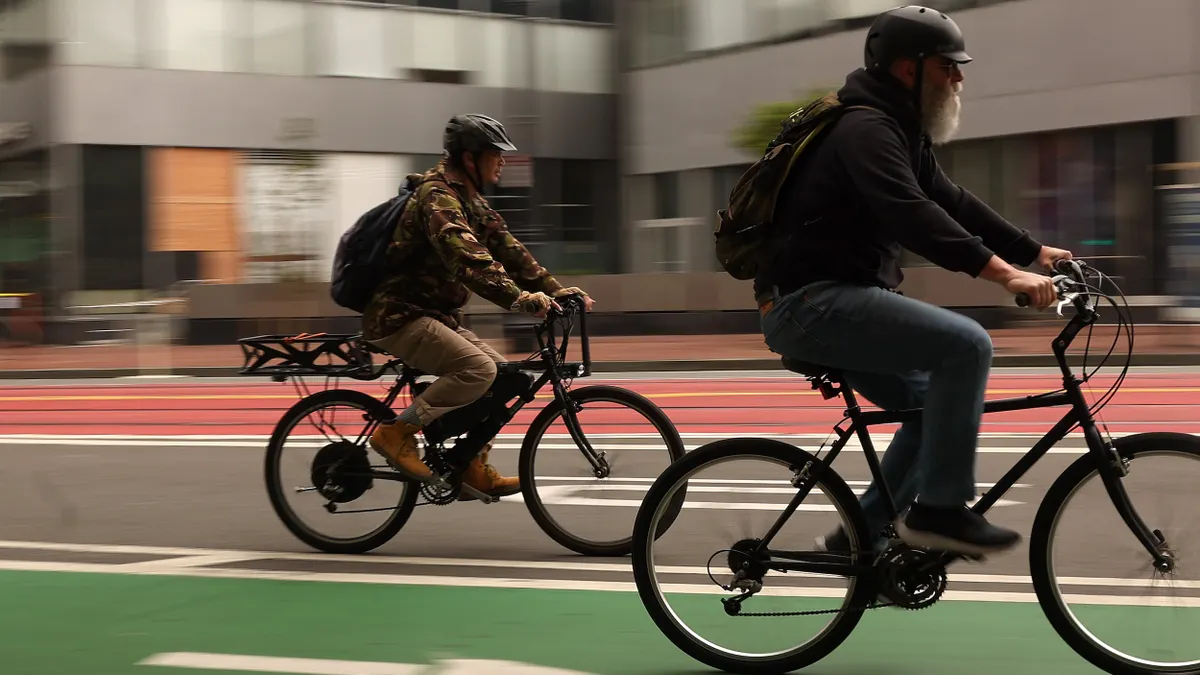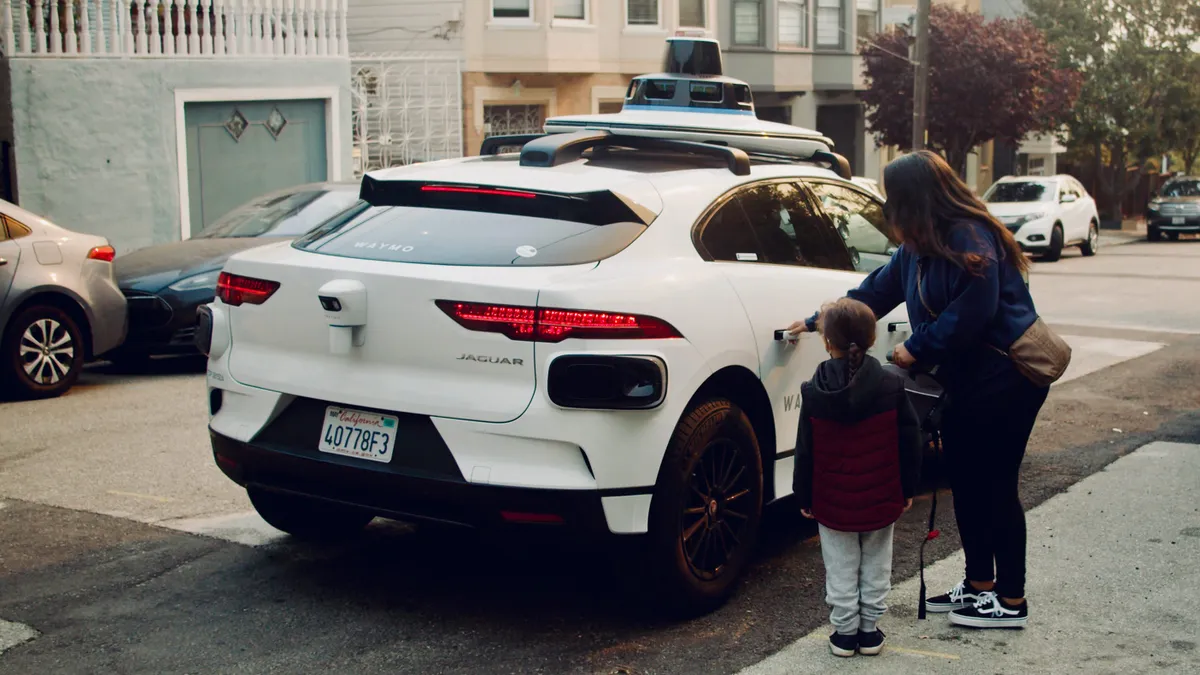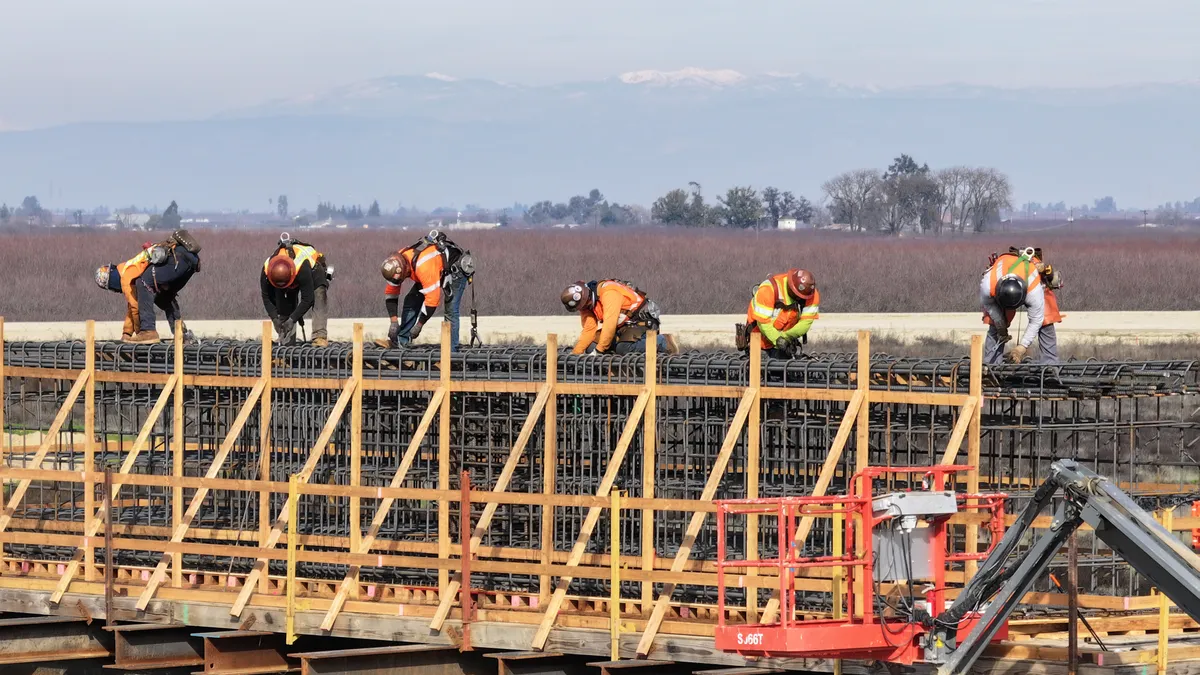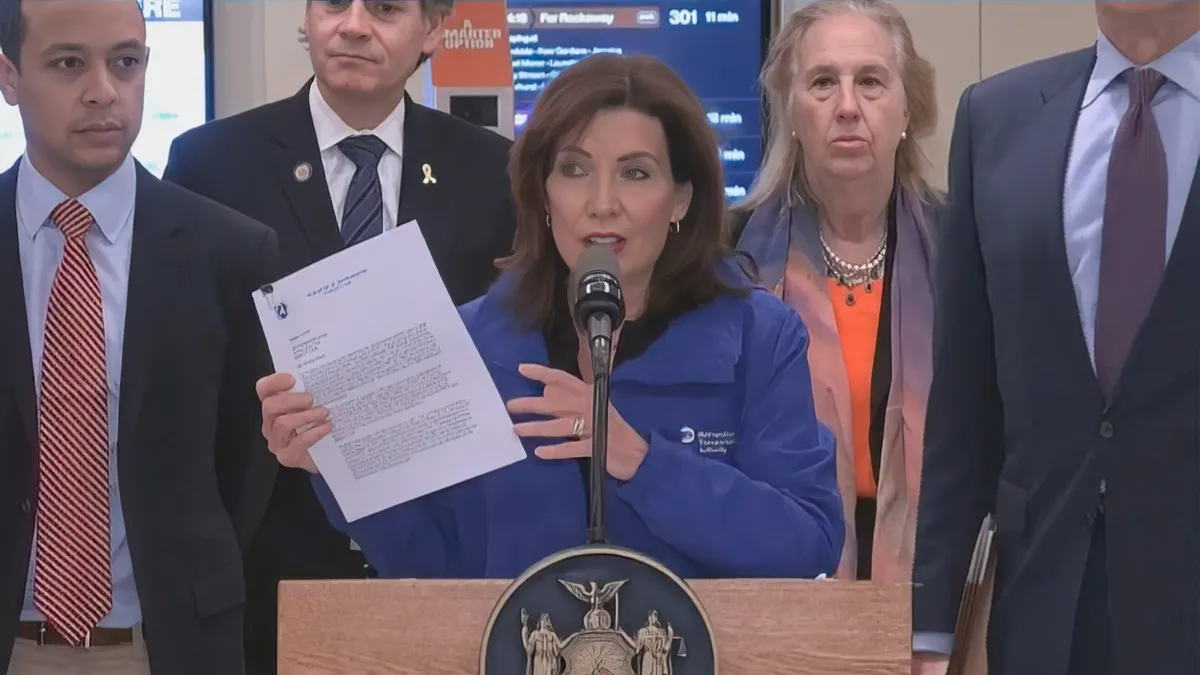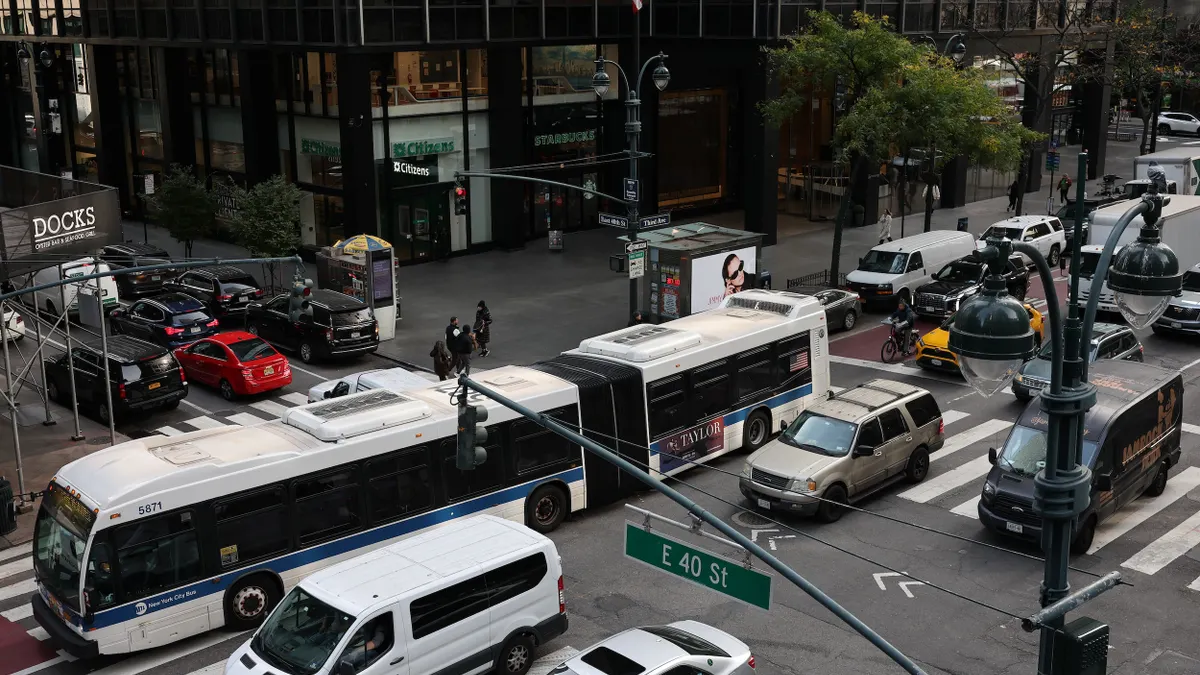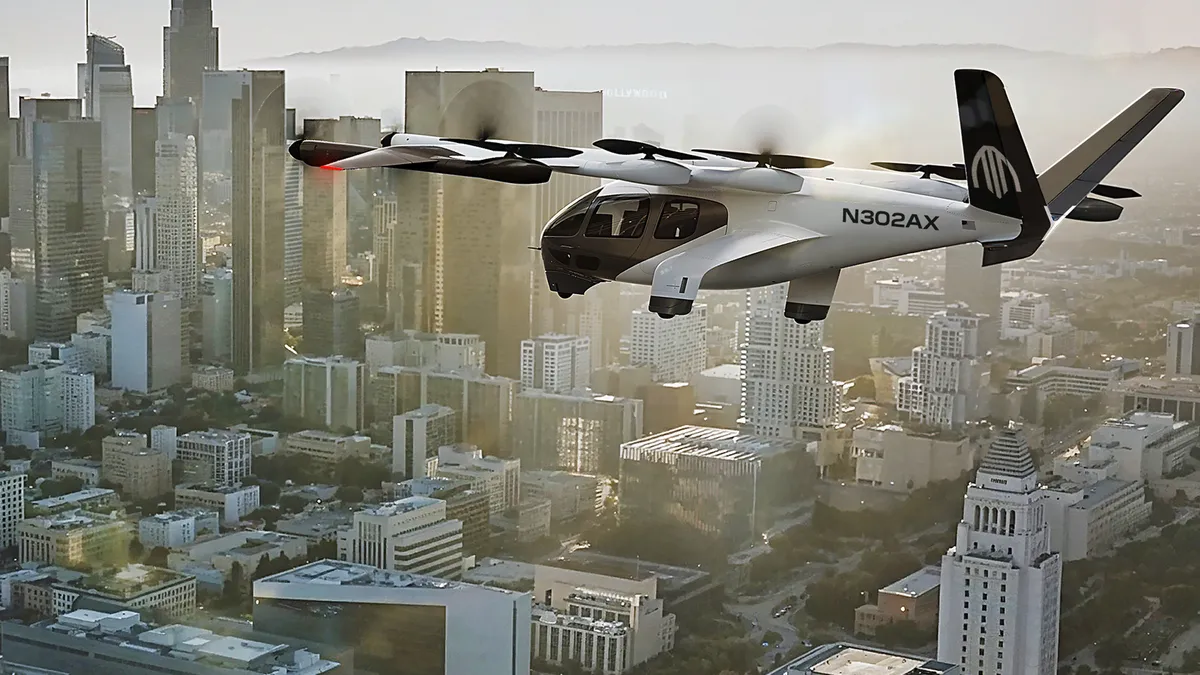Editor’s note: This article draws on insights from a Grocery Dive, Restaurant Dive, C-Store Dive and Supply Chain Dive co-hosted virtual event panel. You can register here to watch a replay of the full event, “Food Delivery and the Bottom Line.”
Food delivery has had to accelerate and adapt a lot in recent years. From the pandemic spiking the demand for quick delivery to record-high inflation causing consumers to pull back, grocers and fellow food retailers have had to find ways to meet shoppers’ e-commerce expectations of both convenience and affordability.
Amid this shifting landscape, retailers have continued to innovate their delivery offerings to better meet consumers’ demands and reduce labor.
Executives from Walmart and Uber discussed some of their companies’ flashy delivery tech that aims to boost efficiency — and needs no driver — during the Thursday virtual event co-hosted by Grocery Dive, Restaurant Dive, C-Store Dive and Supply Chain Dive.
Walmart’s 120,000 drone-delivered packages to date
Walmart is leveraging its growing drone presence to provide speedy fill-in orders and last-mile delivery to its customers, Alex Blake, the retailer’s director of drone delivery, said during the event.
The main benefit for Walmart is being able to meet the growing consumer demand for deliveries in 30 minutes or less, Blake said, adding that Walmart’s drones can carry 5 to 10 pounds’ worth of goods, which represent a “meaningful portion of [Walmart’s] deliveries today.”
“We hear that customers ordered candy, soda or ice cream for a last-minute craving or to have a movie night with their family. We’re also seeing urgent care items you might need seasonally, like cold and flu, allergy medicine or COVID tests. Or things people run out of unexpectedly [like] baby formula, pet food,” Blake said.
Drones are a more sustainable and eco-friendly delivery option, Blake noted, cutting down on vehicles on the road, lessening traffic congestion and reducing the overall environmental impact.
Walmart’s drone presence is most prominent in Texas, with 18 sites in the state, Blake said. Texas is proving to be ideal for drone piloting because the state is “drone-friendly” and flying conditions are optimal, she said.
Since launching drone delivery in 2021, Walmart has delivered over 120,000 packages via drones, with further expansion plans currently underway, according to Blake.
Walmart is in the process of transitioning customers who use platforms managed by its drone delivery partners over to the Walmart app, Blake said. Walmart’s app aims to clearly mark which items are available by drone, ensuring that shoppers can easily see which delivery method will offer the smoothest experience, she said.
Uber looks to sidewalk robots, other AVs for delivery
While Walmart looks to the sky, Uber is eyeing the open road.
Hashim Amin, who heads up grocery and retail in North America for Uber, spoke about its continuing efforts to expand autonomous delivery, which, like Walmart’s drones, focus on fill-in and last-mile trips to save shoppers a trip to the store.
For Uber, autonomous vehicles can take on a few forms, from sidewalk robots for product deliveries to driverless cars transporting individuals.
“Around AV, we’re still in learning mode,” Amin said. “And I think a lot of new technologies are figuring out where they’ll play a role and where they’ll work well.”
Autonomous delivery for Uber aims to remove costs from inventory management, better supply chain efficiency and improve processing speed for itself and its merchant partners, according to Amin. Currently, Uber has autonomous delivery programs available in 11 U.S. cities through six partnerships, he said.
Catalog management has also been a priority for Uber when expanding its autonomous technology. Amin noted that many younger consumers “love to treat themselves, usually at night.” With AI technology, Uber has been helping retailers know which products to keep in stock at these later hours, when in-store shopping is less prominent, ensuring that the items seen on the app are readily available in stores.
Uber’s autonomous vehicles, which deliver orders placed through the Uber Eats app, also have features like refrigeration, allowing customers to order ice cream and other frozen or refrigerated goods. Amin noted that these features add to the “surprise and delight aspect” of autonomous delivery and that this is “just the beginning” of Uber’s innovation in this area.
“Autonomous technology is going to be a core part of what we’re building and bringing to market at Uber, especially this year,” Amin said.



